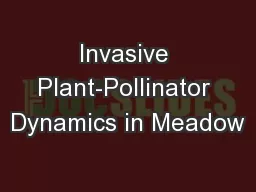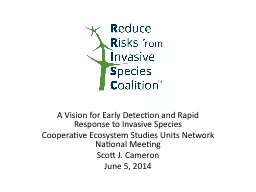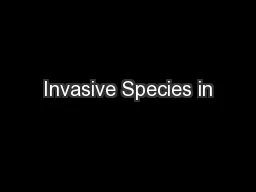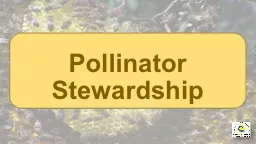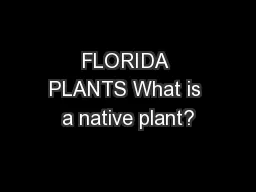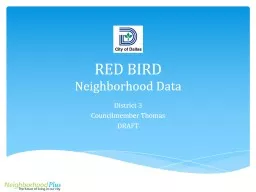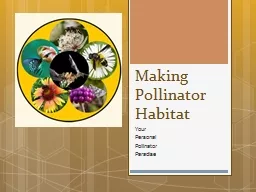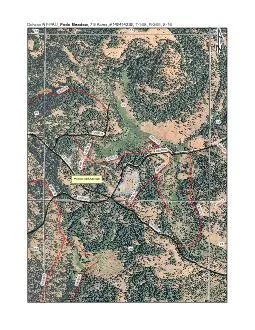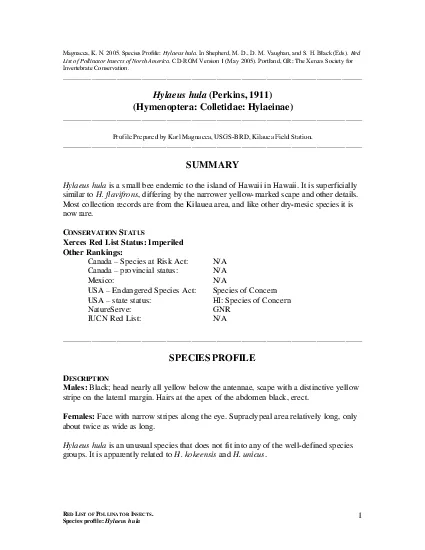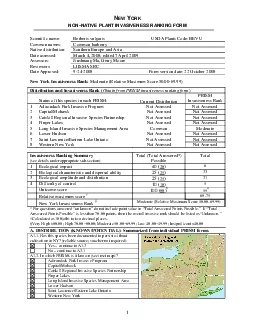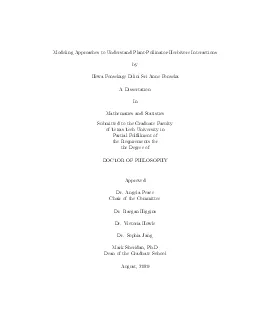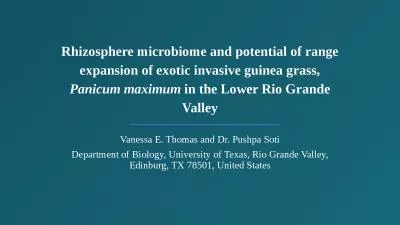PPT-Invasive Plant-Pollinator Dynamics in Meadow
Author : sherrill-nordquist | Published Date : 2017-05-17
Networks Oregon State University EcoInformatic Summer Institute 2013 Noelle Patterson Introduction Pollination Networks A representation of the complex web of interactions
Presentation Embed Code
Download Presentation
Download Presentation The PPT/PDF document "Invasive Plant-Pollinator Dynamics in Me..." is the property of its rightful owner. Permission is granted to download and print the materials on this website for personal, non-commercial use only, and to display it on your personal computer provided you do not modify the materials and that you retain all copyright notices contained in the materials. By downloading content from our website, you accept the terms of this agreement.
Invasive Plant-Pollinator Dynamics in Meadow: Transcript
Download Rules Of Document
"Invasive Plant-Pollinator Dynamics in Meadow"The content belongs to its owner. You may download and print it for personal use, without modification, and keep all copyright notices. By downloading, you agree to these terms.
Related Documents

